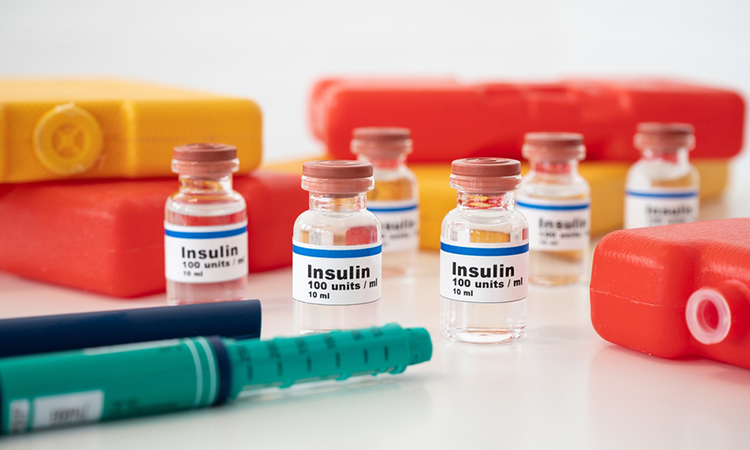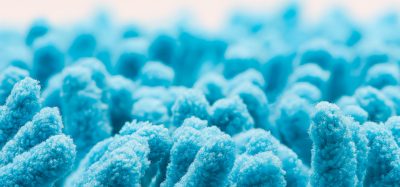Unlocking the achilles’ heel of insulin pump technology
Posted: 8 August 2023 | Drug Target Review | No comments yet
Study led by UW Medicine reveals concerns about insulin pump therapy for type 1 diabetes patients. Long-term pump usage can lead to fibrotic, irritated infusion sites, making insulin delivery less effective


However, study led by UW Medicine sheds light on a concerning issue—some patients are “running out of real estate” on their skin due to fibrotic, irritated pump sites that become less effective at delivering insulin. Published in the journal Diabetes Care, a publication of the American Diabetes Association, this first-of-its-kind study delves into the little-understood realm of skin changes caused by long-term use of insulin pump therapy.
Led by senior author Dr Irl Hirsch, professor of medicine in the Division of Metabolism, Endocrinology, and Nutrition at the University of Washington School of Medicine, the study addresses the lack of human research on the skin’s response to long-term pump usage. Over 70% of patients with type 1 diabetes seen at the UW Medicine Diabetes Institute rely on insulin pump therapy, which, when connected to continuous glucose monitors, offers precise dosing based on blood glucose levels. However, Hirsch highlights the unaddressed Achilles’ heel of this therapy—unknown skin changes occurring around the infusion sites.
The study, conducted between 2020 and 2022 (paused due to the pandemic), involved 30 participants from the UW Medicine Diabetes Institute and aimed to answer key questions surrounding the skin pathology caused by long-term pump usage. Surprisingly, the researchers found no significant difference in skin pathology between the group of short-term users (10 years or less) and long-term users (over 20 years). Both groups exhibited high levels of eosinophils, white blood cells involved in fighting allergies and assisting in skin healing and fibrosis—a detrimental factor at an infusing site.
Using a non-invasive technique called optical coherence tomography (OCT), the researchers monitored blood flow and inflammation around the pump sites, with skin biopsies taken for analysis. Despite the presence of fibrosis, inflammation, and eosinophils in both groups, the specific reasons behind these changes remain unclear. The study raises several crucial questions, such as the role of the catheter or insulin in causing irritation, the influence of preservatives, and the impact of the insulin pump itself.
Furthermore, the study revealed that some patients experience irritation and move the injection site, while others have no irritation at all—yet the underlying reasons for these differences are yet to be understood.
Dr Hirsch emphasizes the need for future studies to address these questions and uncover the factors contributing to skin damage. With 93% of study participants reporting itching, indicating the presence of eosinophils, additional research will explore metabolomics to enhance patient experience and minimize skin damage.
The study’s ultimate goal is to optimize insulin pump therapy, ensuring the well-being of diabetes patients and improving their quality of life. By unravelling the mysteries surrounding skin changes caused by long-term pump usage, researchers strive to enhance the effectiveness and safety of this vital diabetes management tool.
Related topics
Targets
Related conditions
type 1 diabetes
Related organisations
University of Washington School of Medicine
Related people
Dr Irl Hirsch







